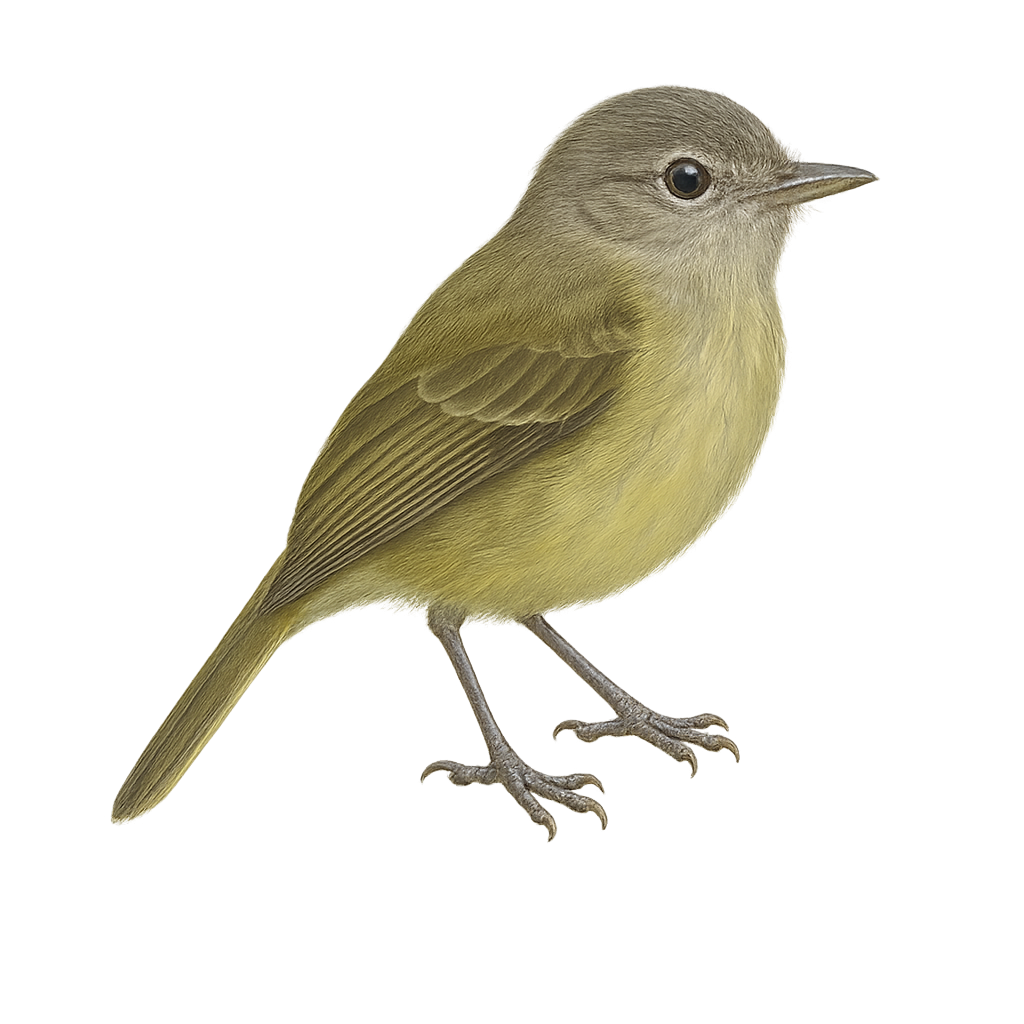Your wildlife photography guide.
Explore the greenish elaenia in detail, study its behavior, prepare your shots.
Where to observe and photograph the greenish elaenia in the wild
Learn where and when to spot the greenish elaenia in the wild, how to identify the species based on distinctive features, and what natural environments it inhabits. The WildlifePhotographer app offers tailored photography tips that reflect the greenish elaenia’s behavior, helping you capture better wildlife images. Explore the full species profile for key information including description, habitat, active periods, and approach techniques.
Greenish Elaenia
Scientific name: Myiopagis viridicata

IUCN Status: Least Concern
Family: TYRANNIDAE
Group: Birds
Sensitivity to human approach: Suspicious
Minimum approach distance: 10 m
Courtship display: March to June
Incubation: 16-18 jours
Hatchings: March to July
Habitat:
tropical forests, subtropical forests, open woodlands
Activity period :
Primarily active during the day, with peak activity in the morning and late afternoon.
Identification and description:
The Greenish Elaenia is a small passerine bird from the Tyrannidae family, widely distributed across Central and South America. Its plumage is primarily olive green, with lighter shades on the belly and slightly darker wings. This bird is characterized by its subtle crest and relatively short beak. It mainly inhabits tropical and subtropical forests but can also be found in open woodlands and forest edges. The Greenish Elaenia is an active insectivore, often seen catching insects in flight or foraging among foliage. Its song is a key aspect of its territorial behavior, often heard before seen.
Recommended lens:
400 mm – adjust based on distance, desired framing (portrait or habitat), and approach conditions.
Photography tips:
To photograph the Greenish Elaenia, it is advisable to use a lens of 400mm or more to capture detailed images from a distance. As this bird is suspicious, it is important to remain discreet and blend into the environment to avoid startling it. Tropical and subtropical forests provide an ideal setting to observe and photograph this bird. Opt for early morning or late afternoon hours when the light is soft and bird activity is at its peak. Be patient and ready to capture fleeting moments of its active behavior.
The WildlifePhotographer App is coming soon!
Be the first to explore the best nature spots, track rutting seasons, log your observations, and observe more wildlife.
Already 1 430 wildlife lovers subscribed worldwide

